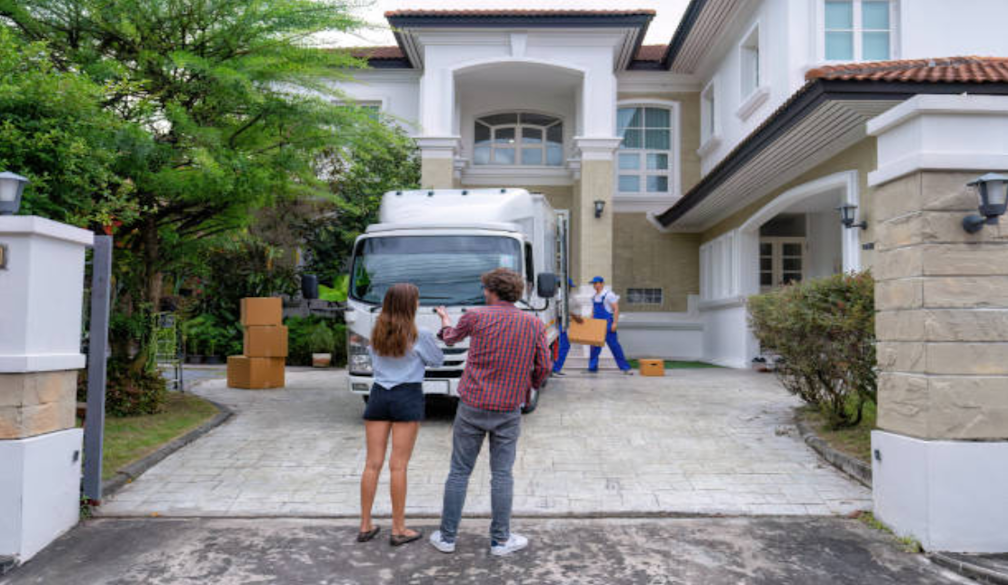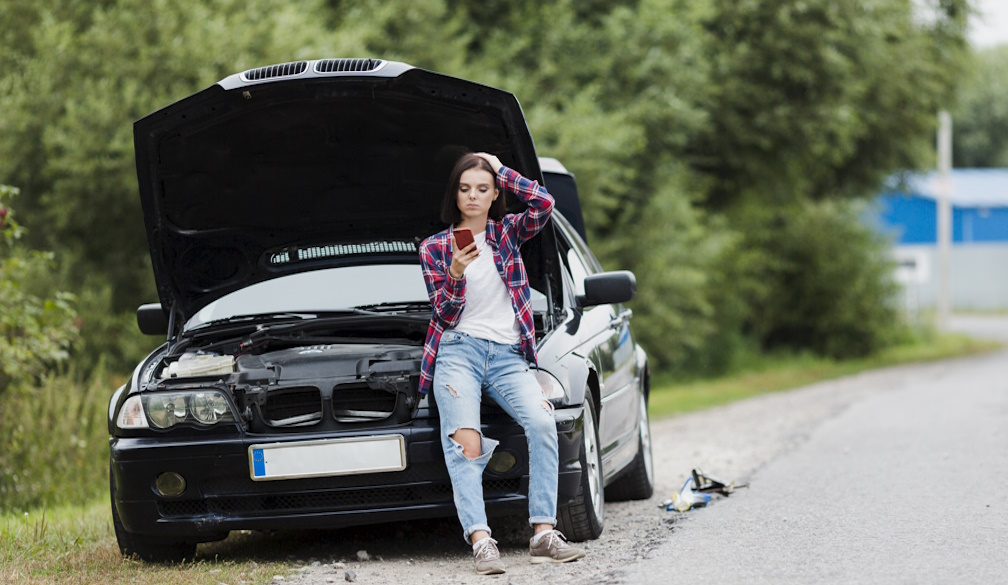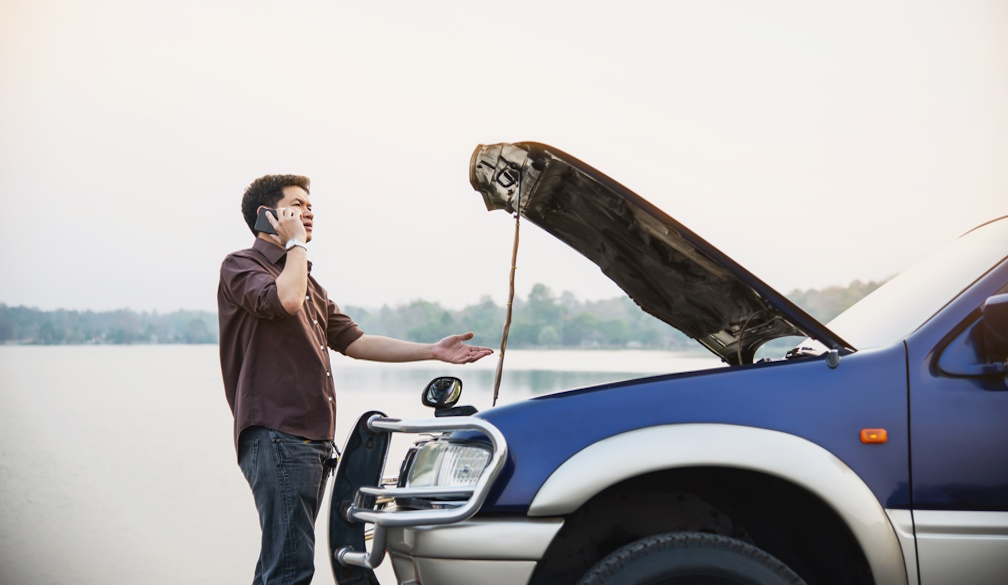The Ultimate Guide to Motorbike Towing

When your motorbike breaks down or needs to be transported, towing it correctly is crucial. It's not as simple as just attaching a rope and driving off—there's much more to it. Towing a motorbike improperly can lead to damage, safety risks, and unwanted stress.
But don’t worry; we’ve got you covered. As experts in the field of motorbike towing, we understand what it takes to do the job right, ensuring your bike is transported safely and securely. Whether you're towing a bike locally or over long distances, knowing the correct methods and equipment will save you time, money, and peace of mind.
In this guide, we’ll take you through the essential steps and key considerations when towing your motorbike. From choosing the right tow truck to securing your bike properly, we’ll provide practical advice and expert tips to make sure your next towing experience is smooth and hassle-free.
Before we dive deeper into the details, here’s a quick rundown of the key points we’ll be covering in this guide:
- Safety first: Learn essential tips for towing your bike without risking damage.
- Choosing the right tow truck: Flatbed vs. traditional methods, which one works best for your bike.
- DIY vs. professional towing: Why experts are often the best option for motorbike towing.
- Preventing damage: Key steps to ensure your bike stays in perfect condition during the towing process.
- Long-distance towing: What additional considerations are necessary when towing your motorbike over long distances.
1. The Ultimate Guide to Motorbike Towing: What You Need to Know
When it comes to towing your motorbike, there’s no one-size-fits-all solution. Different bikes, different situations, and different distances require different approaches. Let’s start by understanding the key methods for towing your motorbike safely and efficiently.
Overview of Towing Methods
There are two primary methods used for towing motorbikes: traditional towing and flatbed towing.
- Traditional Towing (Using a Tow Bar or Tow Rope)
This method is commonly used for short distances or when no specialised towing equipment is available. However, it's not always the safest option for all bikes. The tow vehicle should be able to move at a slow, controlled pace to ensure the motorbike is not damaged. This method works best for motorcycles with solid, secure frames and no low-slung parts that could scrape along the ground. - Flatbed Towing
The preferred method for long-distance towing or transporting a bike that requires additional care. With flatbed towing, your motorbike is placed on a flat platform and secured. This method eliminates any risk of the bike scraping along the ground, and it provides a stable environment for more delicate motorcycles, such as sports or custom bikes.
Tools and Equipment for Towing
To properly tow a motorbike, you need the right tools and equipment. Here's what you’ll need to ensure your bike is safely secured during transport:
- Tie-Down Straps: High-quality, adjustable straps are essential for securing your bike. Make sure you use ratchet straps, as they offer a higher level of tension and security than basic bungee cords.
- Wheel Chocks: A wheel chock is a simple but essential tool that holds the front wheel of your bike in place during transport. This helps prevent the bike from shifting or tipping while it’s being towed.
- Soft Ties: These are soft, padded straps designed to attach to the frame of the bike, reducing the risk of scratching the paint or causing other cosmetic damage.
- Padding and Blankets: Using soft blankets or padding to cover the motorbike’s body can help prevent scratches and dents caused by contact with the towing vehicle or other equipment.
2. How to Tow Your Motorbike Safely: Tips for Every Rider
Now that you know the essential tools and methods for towing, let’s dive into how to actually tow your motorbike.
Step-by-Step Towing Process
- Preparation
Before towing, always ensure your bike is in gear (if applicable), and that the ignition is off. If possible, remove any loose items from the bike that could fall off or cause damage.
Securing the Bike
Start by placing the bike onto the tow vehicle, whether it’s a traditional tow or flatbed method. Use the wheel chock to secure the front wheel, then attach the tie-down straps to sturdy parts of the bike—preferably the frame or triple tree. Avoid using the handlebars, as they could bend under the strain.
Securing the Bike with Straps
Attach the tie-down straps to the tow vehicle, making sure they’re taut but not overly tight. It’s crucial that the bike remains upright and stable, without being squished or overly stressed by the straps.
Check for Stability
Before hitting the road, double-check that the bike is secure. Gently shake the bike to ensure there’s no movement or wobble. If the bike is shifting or loose, readjust the straps to eliminate any slack.
Common Mistakes to Avoid
While towing your motorbike may seem straightforward, there are several mistakes that can lead to damage or unsafe situations. Here are some common errors to watch out for:
- Using Poor-Quality Straps
Avoid using old or low-quality straps, as they may not hold up under tension. Always invest in heavy-duty, adjustable ratchet straps designed for towing. - Improper Securing
One of the biggest mistakes is not securing the bike properly. If your bike is not strapped down correctly, it could shift during transport, leading to potential damage or even falling off the vehicle. - Not Checking the Bike During Transport
If you're towing the bike yourself, it’s important to stop periodically and check that everything is still secure. Vibration and road conditions can cause straps to loosen, so it's a good idea to check the bike every 20-30 minutes during long-distance towing.
3. Choosing the Right Motorbike Tow Truck: What to Look For
Choosing the right tow truck is crucial for ensuring a safe and secure towing experience. Not all vehicles are equipped for towing motorbikes, so you must choose a truck that is suitable for your bike and the distance you’re travelling.
Factors to Consider
- Vehicle Size and Weight Capacity
Make sure the tow vehicle is large enough and has the appropriate weight capacity to safely tow your motorbike. A flatbed truck is ideal for larger bikes, while a smaller tow truck may be sufficient for lighter motorcycles. - Type of Towing Method
As mentioned earlier, you’ll need to decide whether flatbed towing or traditional towing is the best option for your bike. Flatbed trucks are more versatile and safer, especially for long distances.
Differences Between Flatbed and Traditional Towing
- Flatbed Towing: Provides a stable, secure platform for your bike, which eliminates the risk of scraping or tipping. It’s the preferred method for long-distance towing and for valuable or delicate bikes.
- Traditional Towing: Typically involves using a tow rope or bar. It’s suitable for short distances but may not be ideal for transporting bikes with lower ground clearance or delicate parts.
4. The Importance of Professional Motorbike Towing: Why DIY Isn’t Always the Best Option
While towing a motorbike may seem simple enough for a DIY job, there are plenty of reasons why professional towing services are often the better choice. Let’s dive into why relying on a professional service can save you from stress, potential damage, and safety hazards.
Risks of DIY Towing
- Lack of Proper Equipment
DIY towing can be tricky if you don’t have the right tools. Many people attempt to tow their bikes using standard vehicles or inadequate equipment like bungee cords or poor-quality straps. This can easily lead to your bike becoming loose or damaged during transit. - Inexperience and Safety Concerns
Towing a motorbike requires a certain level of experience. Incorrectly securing the bike, using the wrong methods, or failing to check the straps could result in the bike falling or being damaged during transit. Additionally, if you’re not familiar with towing practices, you could risk causing an accident on the road. - Damage to Your Bike
Without the correct procedures, DIY towing can lead to issues like scratched paint, bent frames, or even more severe structural damage. When towing a motorbike yourself, it’s difficult to monitor every detail, and even a slight error could be costly.
Why Hire Professionals?
- Expertise and Experience
Professional towing services have years of experience and understand the nuances of safely transporting bikes. They know exactly how to secure the bike, what tools to use, and how to handle any challenges that may arise during the process. - Specialised Equipment
Professionals have access to the proper towing equipment, such as flatbed trucks and high-quality tie-downs, designed specifically for motorcycles. They also use wheel chocks and other safety measures to ensure that your bike stays secure throughout the tow. - Peace of Mind
When you hire a professional, you don’t have to worry about your bike’s safety. Towing companies are insured, so if anything does go wrong, you’re covered. You can sit back and relax knowing that experts are handling the job with care and precision.
5. How to Prevent Damage When Towing Your Motorbike
The main goal when towing a motorbike is to ensure it arrives at its destination in the same condition it was in before the tow. While towing a bike may seem like an easy task, it’s critical to take extra precautions to avoid damage during transport. Here’s how to protect your bike:
Securing Your Bike Properly
- Positioning the Bike
Make sure your motorbike is positioned upright and straight on the towing vehicle. This will ensure stability during transport and reduce the chances of tipping over. For flatbed towing, use a wheel chock to hold the bike in place. - Using the Right Straps
Avoid using anything that could cause strain or damage, like ratchet straps with metal hooks. Instead, use soft straps designed for motorbikes. These will keep the bike secured without causing scratches or wear to the frame. - Securing the Suspension
When strapping the bike down, don’t overtighten the straps, as this could damage the suspension. Make sure the bike is held in place without putting undue pressure on the suspension components.
Tools to Avoid Damage
- Wheel Chocks
Wheel chocks are essential for holding the bike in place and preventing any movement during transit. A quality wheel chock ensures the front wheel is secured and provides additional stability. - Soft Padding
Using soft blankets or padding around the bike’s body can help avoid cosmetic damage, such as scratches or dings, from rubbing against the towing vehicle. This is especially important for custom or high-value bikes.
6. Motorbike Towing for Long Distances: Key Considerations
Towing a motorbike over long distances requires additional care and preparation. When your journey takes you further than just around the corner, it’s important to take extra steps to ensure the bike remains in top condition.
Special Requirements for Long-Distance Towing
- Plan Your Route
For long-distance towing, planning your route is essential. You’ll need to consider the best roads for towing, as well as stops to check on the bike and straps regularly. Long drives can put additional strain on both the towing vehicle and the bike, so it’s important to take breaks to ensure everything is still secure. - Weather Considerations
Weather can play a huge role in the safety of long-distance towing. If it’s raining, windy, or too hot, you may need to adjust your route or schedule to avoid hazardous conditions. Make sure to monitor the weather and take proper precautions to protect both the bike and the vehicle.
Securing Your Bike for the Journey
- Use Extra Straps and Padding
For longer trips, double-check the security of your bike. Use additional straps if necessary to ensure it doesn’t move during the journey. Also, consider adding extra padding around delicate areas like the paintwork and exhaust to prevent damage over long distances. - Check and Recheck the Straps
During long-distance towing, the straps can loosen over time due to vibrations and road conditions. It’s crucial to stop periodically and check that everything is still secure. This simple step can prevent a disaster and keep your bike in perfect condition throughout the journey.
Keep Your Motorbike Safe with Smart Towing and Professional Support
Towing a motorbike safely requires the right knowledge, equipment, and methods. Whether you're dealing with a breakdown, moving your bike to a new location, or transporting it for a special event, it’s crucial to ensure your bike is secure and protected during the process.
By now, you should have a solid understanding of the best practices for towing a motorbike, the equipment you’ll need, and why hiring a professional service is often the safest and most efficient choice. If you’re in need of reliable motorbike towing services, don't hesitate to contact us today for fast, professional, and secure towing solutions.
Need a professional motorbike towing service? Contact us today to ensure your bike is towed safely, securely, and with care. We’re here to help, 24/7.












